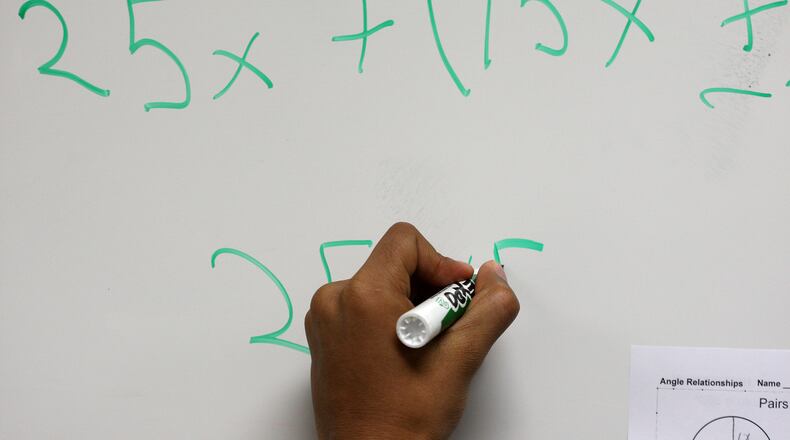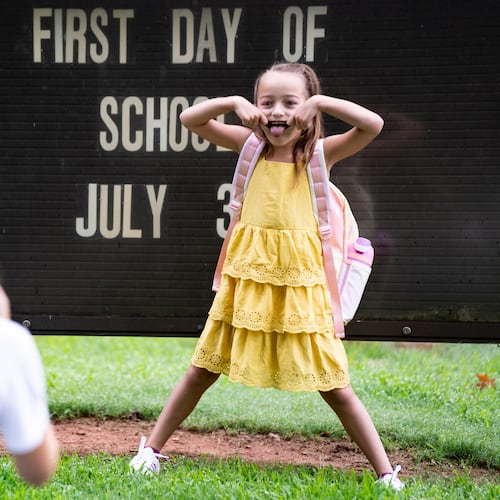Georgia’s first list of schools “in need of additional support” contains 103, the Georgia Department of Education said Friday.
The six big metro Atlanta school districts have schools in this category, called Comprehensive Support & Improvement.
It's yet another set of ratings derived from the College and Career Ready Performance Index, Georgia's report card for schools, which is required under federal accountability law and was released Monday. That report card is derived largely from student scores on the Georgia Milestones, the state's standardized tests, also required by Washington. Those scores were released in July.
Unlike appearance on the Turnaround Eligible Schools list released Wednesday, a listing on the CSI list does not subject a school to intervention or takeover by the state's chief turnaround officer. Instead, CSI schools get help from the Georgia Department of Education.
The turnaround list is mandated by state law and generated by the Governor’s Office of Student Achievement. Schools get on that list by performing in the bottom 5 percent three years in a row on the CCRPI.
The CSI list is required under Georgia's plan to comply with the federal Every Student Succeeds Act. Like the turnaround list, schools in the bottom 5 percent over three years qualify, but unlike the turnaround list, they must be schools with enough low-income students to receive federal "Title 1" funding. Unlike the turnaround list, high schools can be listed for a four-year graduation equal to or less than 67 percent.
The turnaround list contains 104 schools from 33 school districts. DeKalb County has 14 on that list, Fulton County has nine and Atlanta has 13. On the CSI list, DeKalb has 13 schools, Fulton has 10 and Atlanta has 10.
Clayton, Cobb and Gwinnett counties have no turnaround schools, but they do have CSI schools: Clayton and Cobb each have one, and Gwinnett has four. The State Charter Schools Commission has five CSI schools, and the state has three.
This isn’t the end of the lists. The state education department is finalizing its list of Targeted Support and Improvement schools.
And the Milestones aren't the only tests used to measure Georgia's schools. Scores on the state's dominant national college-entrance exam, the SAT, came out last week. The results on the competing ACT were released two weeks ago. Back in April, the federal government revealed Georgia's results on the National Assessment of Educational Progress, with separate scores for Atlanta.
About the Author
Keep Reading
The Latest
Featured



